Table of Contents
Introduction
Every business today invests in digital marketing, but the big question is: “Is it worth it?”This is the stage where the value of ROI in digital marketing becomes evident. ROI in digital marketing or Return on Investment, is the measure of how much profit you make compared to what you spend. Simply put, it tells you whether your digital marketing campaigns are delivering value or just draining resources.
For beginners, understanding ROI in digital marketing might seem overwhelming. There are so many platforms—Google Ads, social media, SEO, email marketing—and each one promises growth. But without knowing how to track returns, businesses can spend thousands without realizing if their money is well-spent. ROI acts as the compass that guides you in making smarter decisions, refining strategies, and maximizing profit.
Think of ROI as a scoreboard. If your campaigns are winning, the ROI shows it. If they’re not, ROI reveals where you’re losing money. For example, if you spend $1,000 on Facebook ads and generate $3,000 in sales, your ROI is positive. But if the same campaign generates only $500, that’s a loss. With this data, you can stop unprofitable campaigns and invest more in strategies that bring results.
In this complete guide, we’ll break down ROI in digital marketing step by step, using simple language. You’ll learn what ROI is, why it matters, how to calculate it, and what strategies can help you improve it. By the end, you’ll have the clarity to measure your marketing success and make better business decisions.
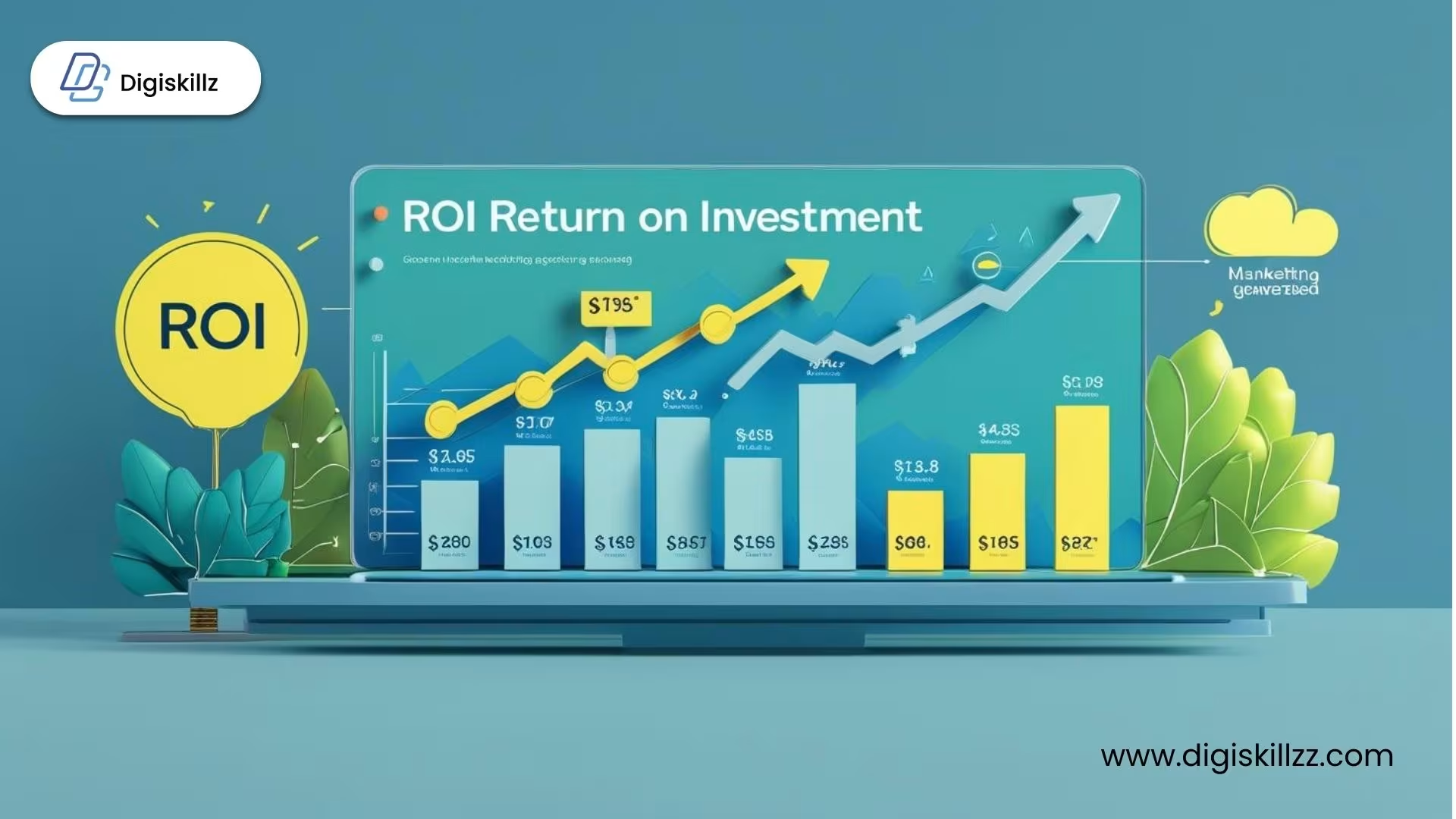
What is ROI in Digital Marketing?
ROI in digital marketing measures the effectiveness of your marketing activities. It compares the amount spent on campaigns with the revenue generated. A positive ROI shows that your campaigns are generating profit, whereas a negative ROI indicates you’re operating at a loss.
This calculation helps marketers and business owners answer crucial questions:
- Is my money being spent wisely?
- Which campaigns bring the best results?
- Should I increase or reduce my budget on specific channels?
Why ROI in Digital Marketing Matters?
ROI is more than figures; it’s about choosing the right strategies wisely. When you know your ROI, you can:
- Justify your budget to management or clients.
- Identify winning campaigns and replicate them.
- Stop wasting money on poor-performing strategies.
- Measure success in terms of profit, not just likes or clicks.
For instance, a campaign with 10,000 likes may look good, but if it doesn’t generate sales, the ROI is zero. On the other hand, a campaign with fewer likes but higher conversions can yield a strong ROI.
Why ROI in Digital Marketing Matters?
ROI is more than figures; it’s about choosing the right strategies wisely. When you know your ROI, you can:
- Justify your budget to management or clients.
- Identify winning campaigns and replicate them.
- Stop wasting money on poor-performing strategies.
- Measure success in terms of profit, not just likes or clicks.
For instance, a campaign with 10,000 likes may look good, but if it doesn’t generate sales, the ROI is zero. On the other hand, a campaign with fewer likes but higher conversions can yield a strong ROI.
How to Calculate ROI in Digital Marketing
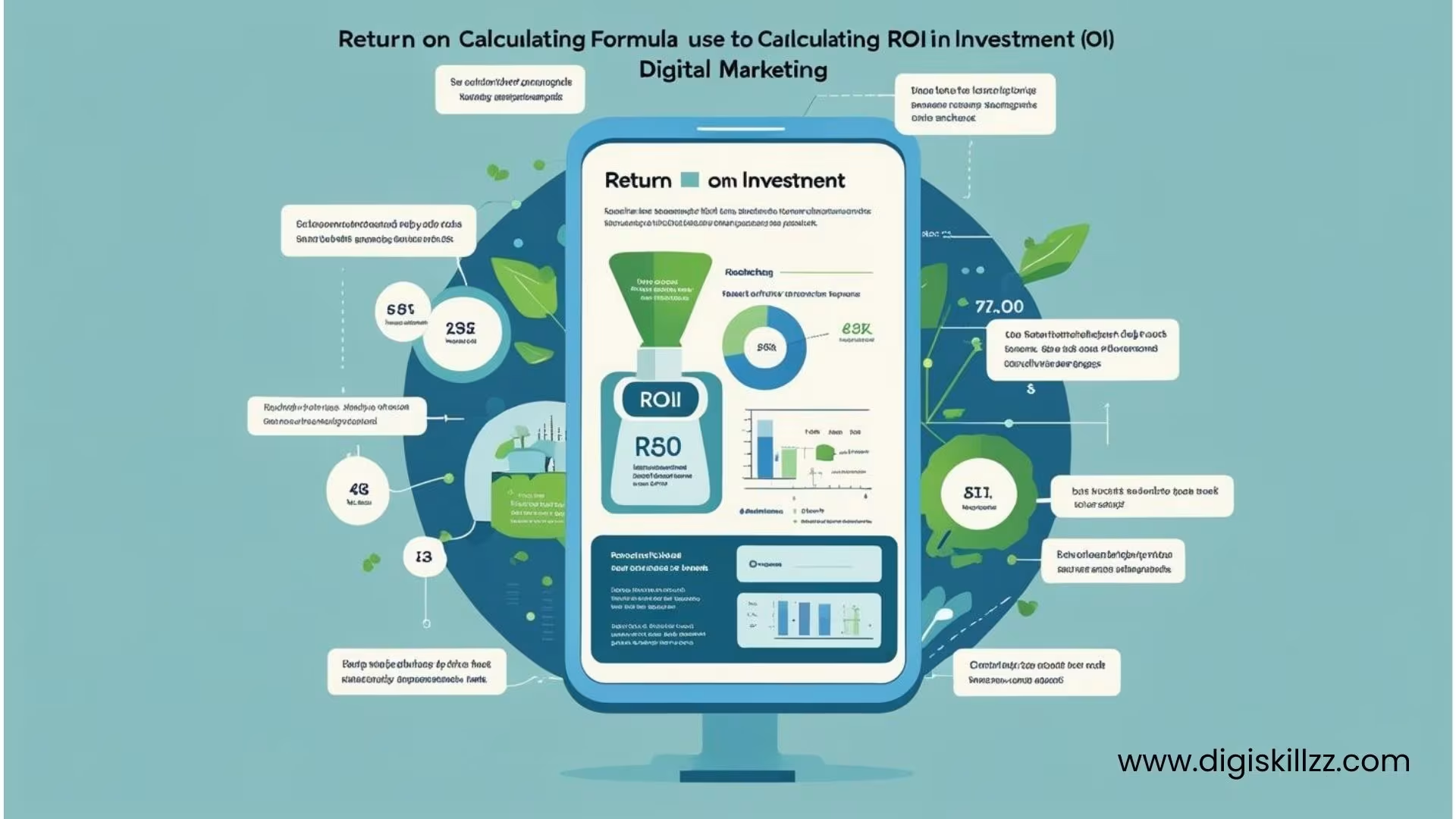
The standard formula is:
ROI = (Net Profit ÷ Cost of Investment) × 100
Example:
If you spend $2,000 on Google Ads and earn $6,000 in sales, your net profit is $4,000.
ROI = (4,000 ÷ 2,000) × 100 = 200% ROI
This means you earned double your investment.
Key Metrics to Track ; ROI in digital marketing
For accurate ROI measurement, you need to monitor essential metrics like:
- Cost per Acquisition (CPA): How much you spend to acquire one customer.
- Customer Lifetime Value (CLV): The total revenue expected from a customer over time.
- Conversion Rate: Percentage of visitors who take action (buy, sign up, download).
- Click-through Rate (CTR): Measures ad effectiveness in driving clicks.
By combining these metrics, you get a full picture of ROI in digital marketing.
ROI Across Different Digital Marketing Channels
When evaluating the return on investment (ROI) in digital marketing, it’s important to recognize that different channels perform differently depending on goals, strategies, and audience behavior. Every marketing channel has its unique advantages, limitations, and timeframes for delivering noticeable outcomes. Let’s break down ROI across some of the most impactful digital marketing channels.
ROI in SEO
Search Engine Optimization (SEO) is often viewed as a long-term strategy rather than a quick win. It requires consistent effort in keyword research, content creation, link building, and technical optimization. While it may take several months to see significant results, the long-term payoff is substantial. High-ranking content on search engines can drive continuous, free, and qualified traffic to your website without the recurring costs associated with paid ads. As a result, SEO tends to yield one of the highest ROI levels over time, making it a crucial investment for sustainable growth.
ROI in Social Media Marketing
Social media ROI varies depending on whether campaigns are organic or paid. Paid advertising on platforms like Facebook, Instagram, and LinkedIn can deliver immediate results in the form of clicks, leads, or sales. However, organic growth strategies—such as consistent posting, community building, and influencer collaborations—may take longer to bear fruit but often lead to deeper engagement and stronger brand loyalty. The real value of social media ROI comes from building strong connections and encouraging long-lasting customer loyalty.
ROI in Pay-Per-Click (PPC) Advertising
PPC campaigns, such as Google Ads, usually generate the fastest ROI because they target users who are actively searching for specific products or services. However, they require careful monitoring and optimization, as poorly targeted ads can drain the budget without meaningful conversions. With the right targeting, ad copy, and bidding strategy, PPC can provide an excellent short-term ROI and complement long-term strategies like SEO and content marketing.
ROI in Email Marketing
Email marketing consistently ranks as one of the most cost-effective channels.According to industry reports, companies typically generate about $36 in revenue for every $1 they invest. The key to maximizing ROI lies in personalization, segmentation, and automation. By delivering the right message to the right audience at the right time, businesses can boost open rates, click-throughs, and conversions, making email a powerhouse in digital marketing.
ROI in Content Marketing
Content marketing—through blogs, videos, infographics, podcasts, and more—focuses on building authority, trust, and long-term brand visibility. While it may not show immediate results, consistent content creation leads to steady traffic, improved SEO rankings, and higher engagement. Over time, this translates into strong ROI as loyal audiences return for valuable information and are more likely to convert into customers.
Factors That Affect ROI in Digital Marketing
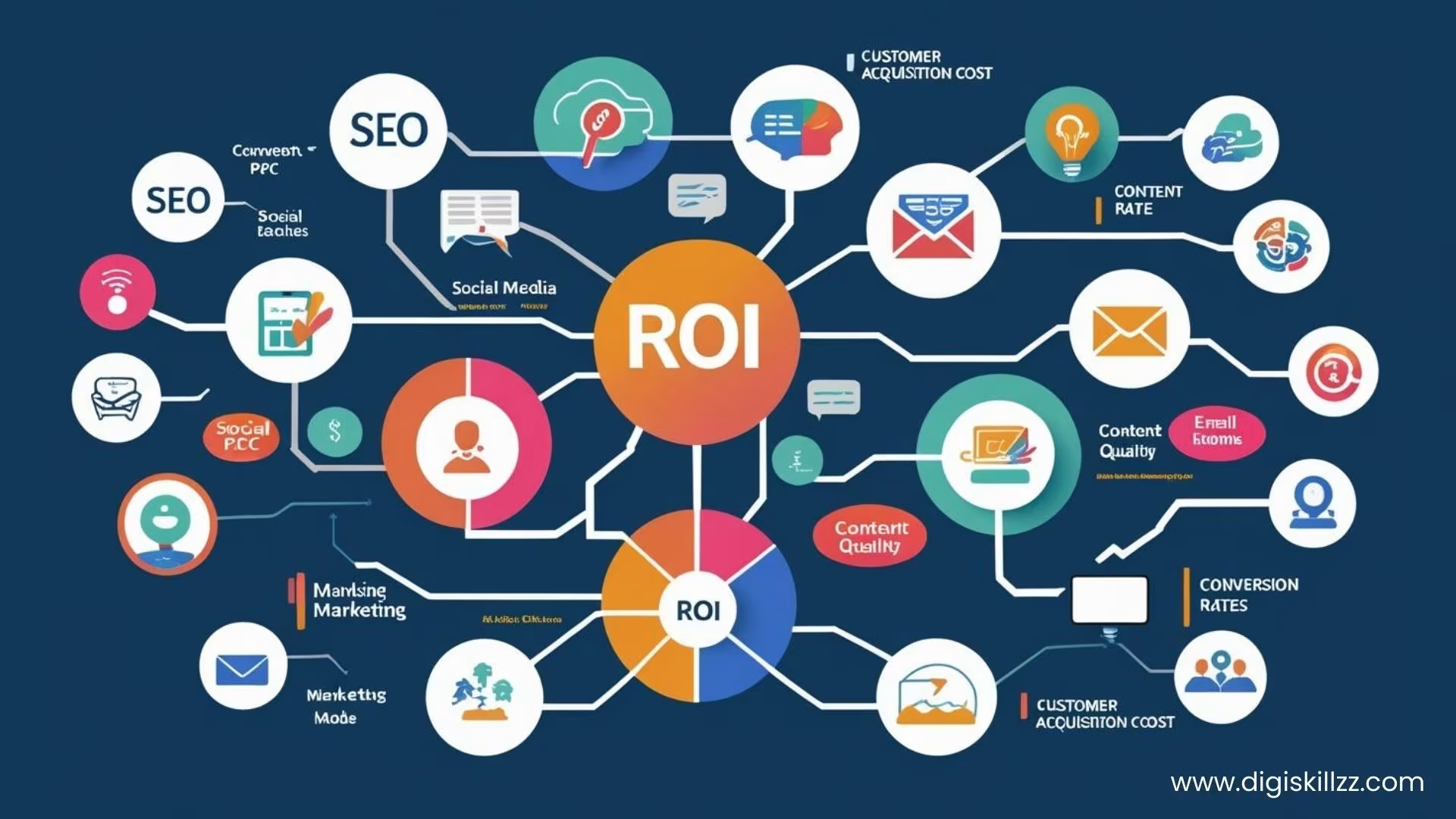
Several important elements play a role in deciding whether your ROI in digital marketing will be high or low. Understanding these factors helps businesses make smarter choices and get better results.
- 1. Target Audience Accuracy – Are you reaching the right people?
Reaching the right people plays a vital role in the success of digital marketing. If your campaigns are targeting people who are not interested in your product or service, you will waste money and time. When you define your audience correctly—based on age, interests, location, and behavior—you increase the chances of turning clicks into real customers. - 2. Content Quality – Is your content valuable and engaging?
Content is the backbone of digital marketing. High-quality blogs, videos, social media posts, and ads can grab attention, build trust, and drive people to take action. When content is irrelevant or badly written, audiences tend to lose interest fast. High-quality content boosts ROI while also building a stronger brand over time. - 3. Ad Spend – Is your budget aligned with realistic goals?
Your budget plays a direct role in ROI. Spending too little may limit your reach, while overspending without strategy can drain resources.A carefully managed budget makes sure each dollar is spent effectively. The key is to balance spending with expected returns, so you get the best results from platforms like Google Ads, Facebook, or Instagram. - 4. Competition – Are competitors investing more in marketing?
The intensity of competition within your industry also impacts ROI.. If your competitors are investing heavily in ads, SEO, or influencer marketing, it may take more effort and budget for you to stand out. Keeping an eye on competitors helps you adjust your strategies, find gaps, and focus on unique selling points to get better returns. - 5. Customer Journey – Does your sales funnel support conversions?
Even if you bring traffic to your website, poor user experience or a weak sales funnel can lower ROI. A smooth customer journey—from awareness to purchase—encourages people to complete the buying process. This means your website should be fast, mobile-friendly, easy to navigate, and supported by strong calls-to-action (CTAs).
Strategies to Improve ROI in Digital Marketing
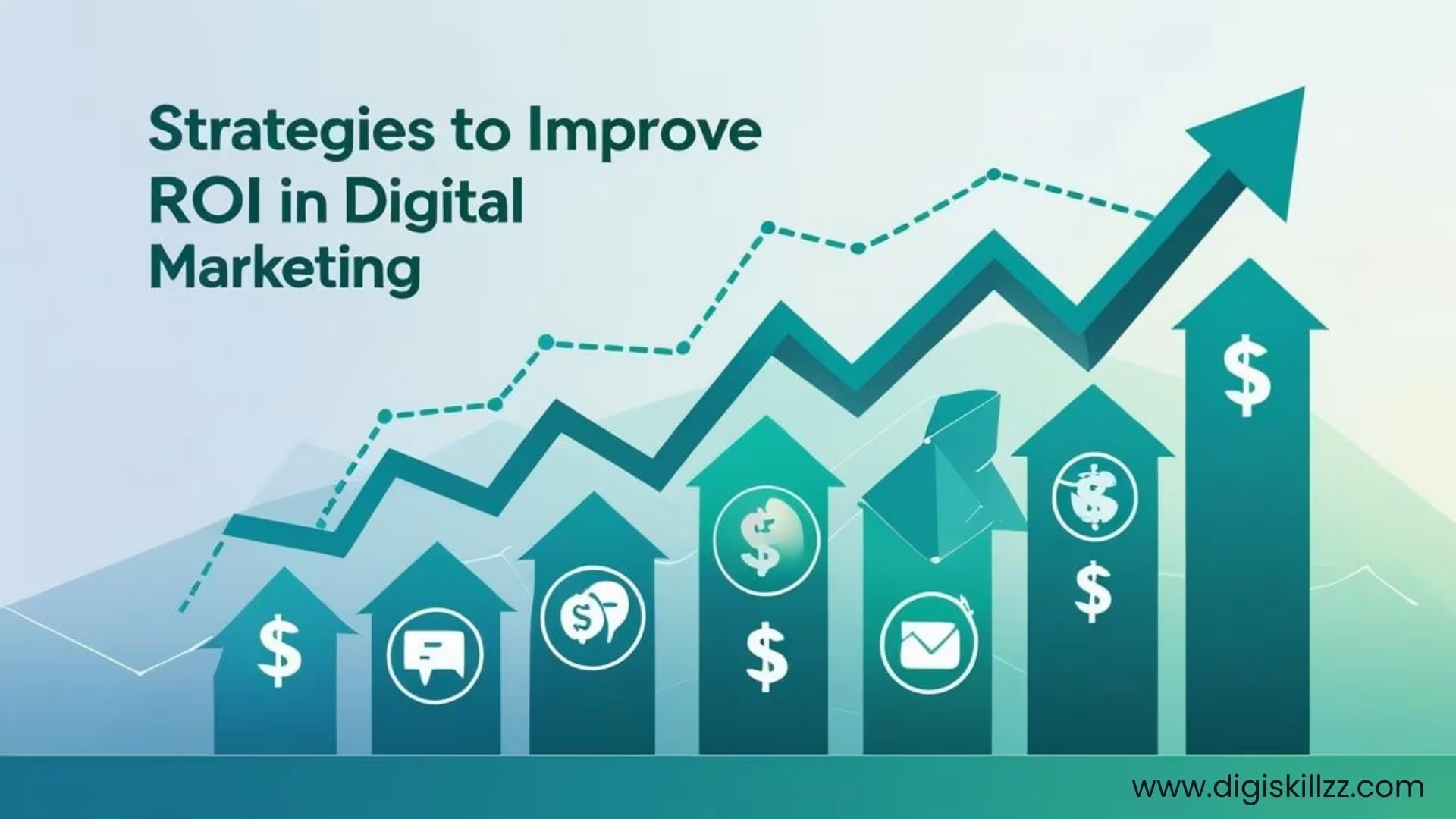
- Set Clear Goals: Define what success means (sales, leads, sign-ups).
- Use Analytics Tools: Platforms like Google Analytics, HubSpot, or SEMrush can track ROI effectively.
- A/B Testing: Try out variations of ad text, titles, and images to see what works best.
- Retargeting Campaigns: Bring back visitors who didn’t convert the first time.
- Optimize Conversion Funnel: Simplify the buying process to reduce drop-offs.
Common Mistakes That Reduce ROI
- Focusing only on vanity metrics (likes, shares).
- Ignoring mobile optimization.
- Poor audience targeting.
- Not tracking data consistently.
- Lack of follow-up with leads.
Tools to Measure ROI in Digital Marketing
- Google Analytics – Tracks traffic, conversions, and revenue.
- Facebook Ads Manager – Provides ROI reports for campaigns.
- HubSpot – A CRM tool for monitoring ROI across sales and marketing.
- SEMrush – Tracks keyword rankings and SEO ROI.
Real-Life Examples of ROI in Digital Marketing
- E-commerce Store: Increased ROI by 250% after running Google Shopping Ads.
- Local Business: Achieved 180% ROI through Facebook Ads targeting local customers.
- SaaS Company: Improved ROI by 300% using email automation and content marketing.
Conclusion
Understanding ROI in digital marketing is essential for beginners who want to succeed online. It’s not enough to run ads, post on social media, or publish content—you must measure whether these efforts are profitable. ROI tells you if your money is being used wisely, and it guides you toward better decisions.
With clear goals, data-driven strategies, and smart use of tools, you can maximize ROI and ensure every dollar spent brings real value. Whether you’re running SEO campaigns, paid ads, or email marketing, tracking ROI helps you cut unnecessary costs and scale what works best.
For beginners, the journey starts with small experiments. Test different channels, measure results, and refine your approach. Over time, ROI will become your most powerful ally in digital marketing, helping you build sustainable growth and long-term success.
Remember: what gets measured gets improved. By focusing on ROI in digital marketing, you’re not just running campaigns—you’re investing in results.
Author: Ramees Babu
More Blogs ; click here


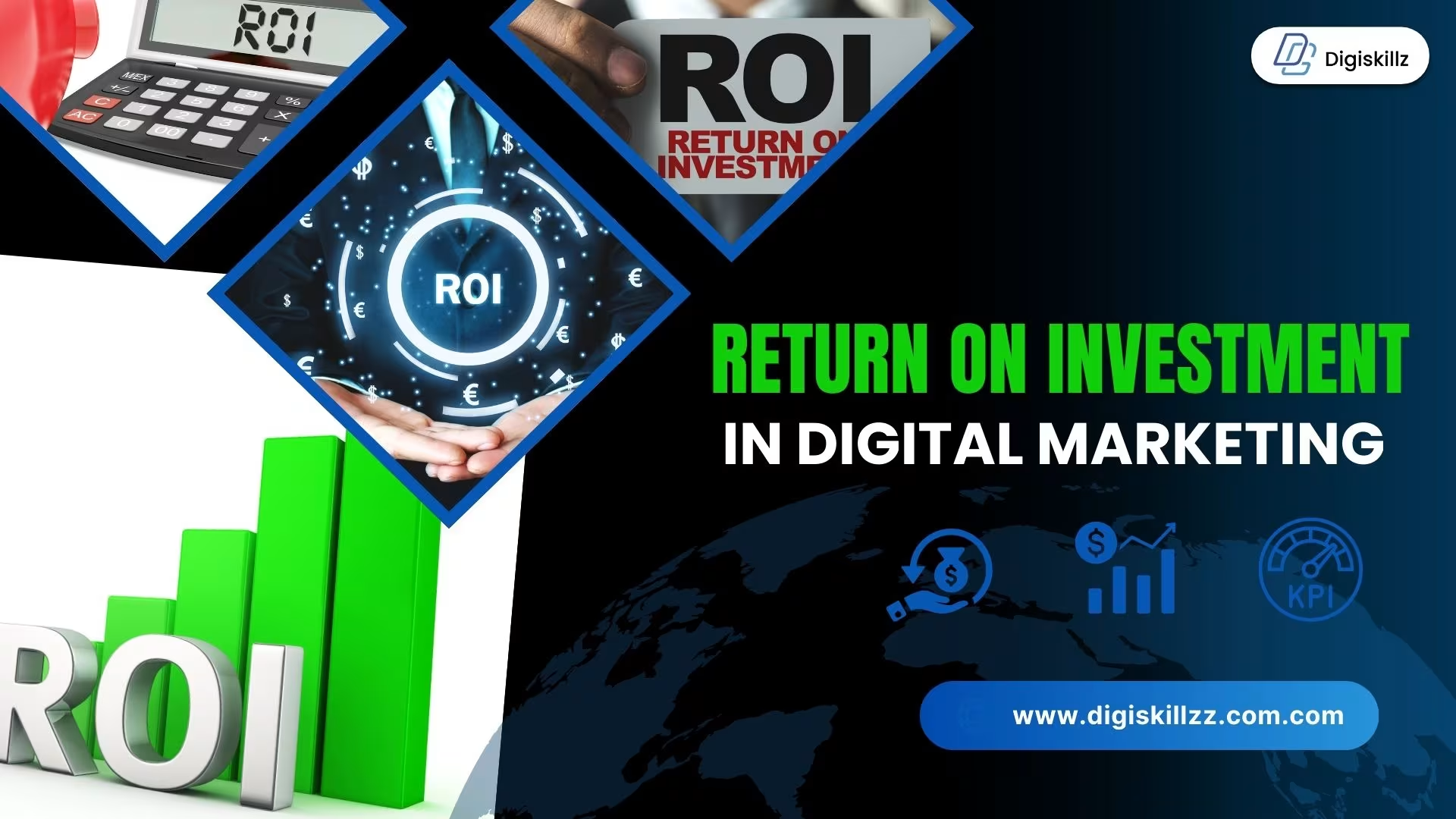
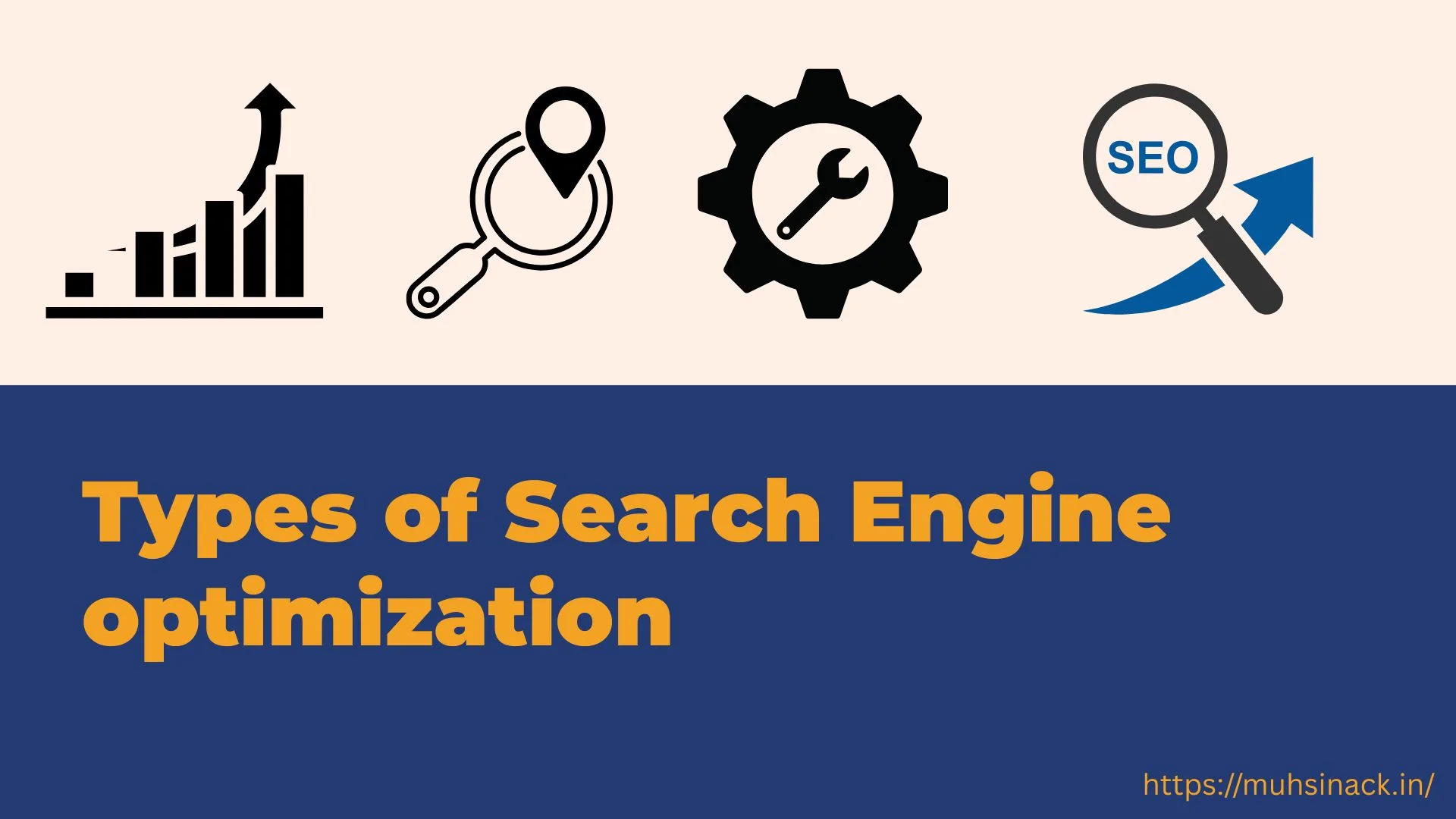
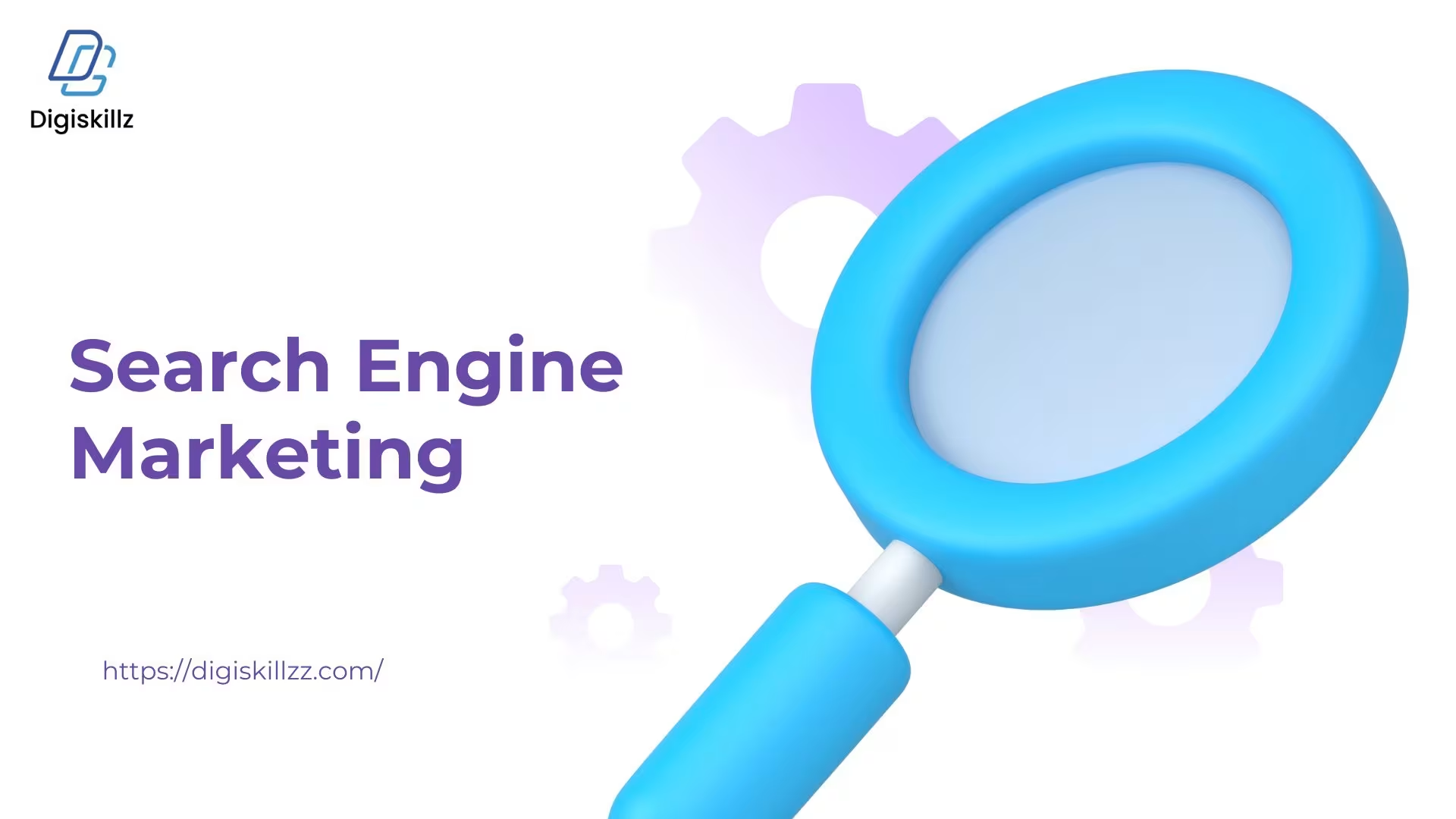
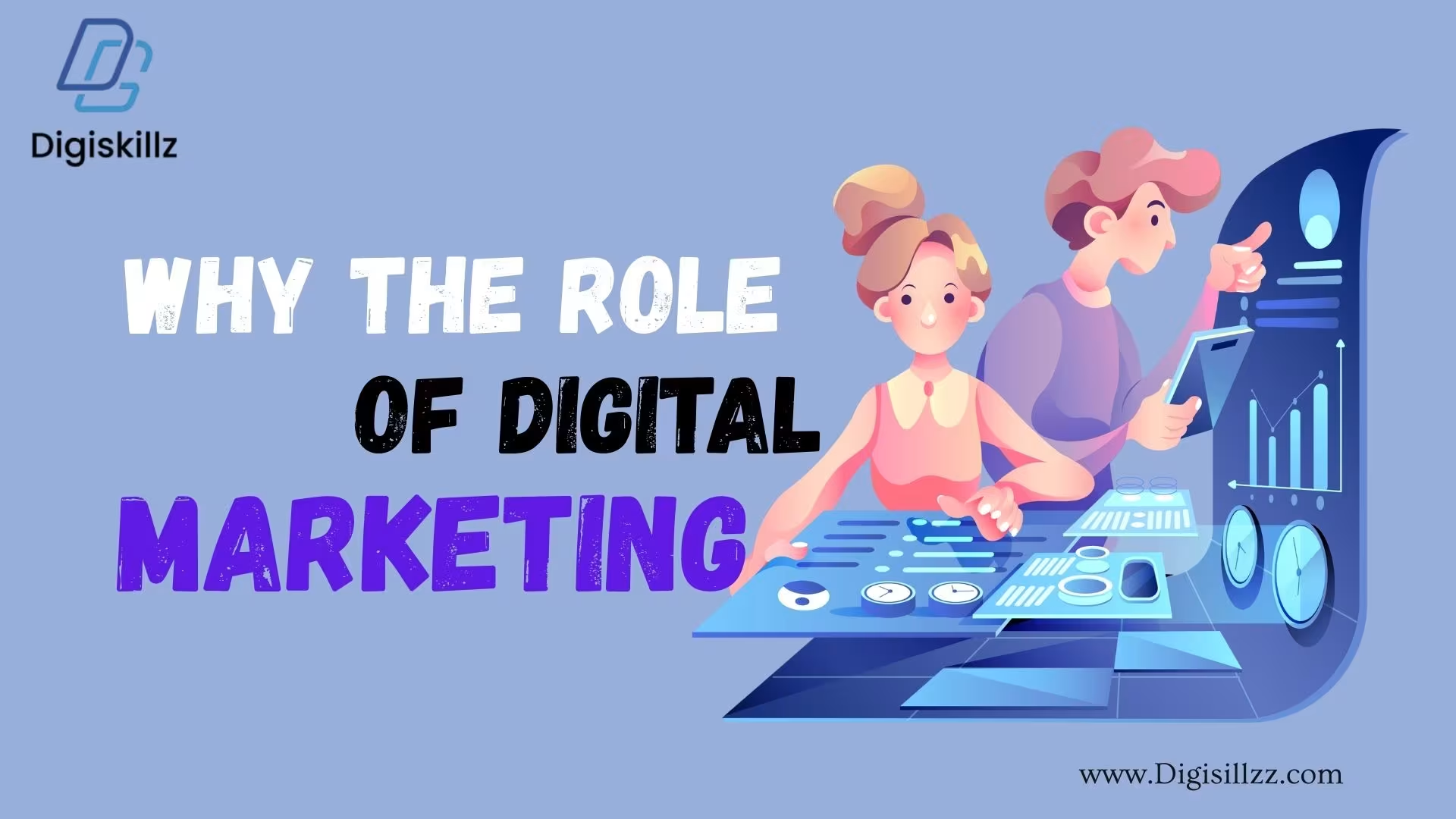
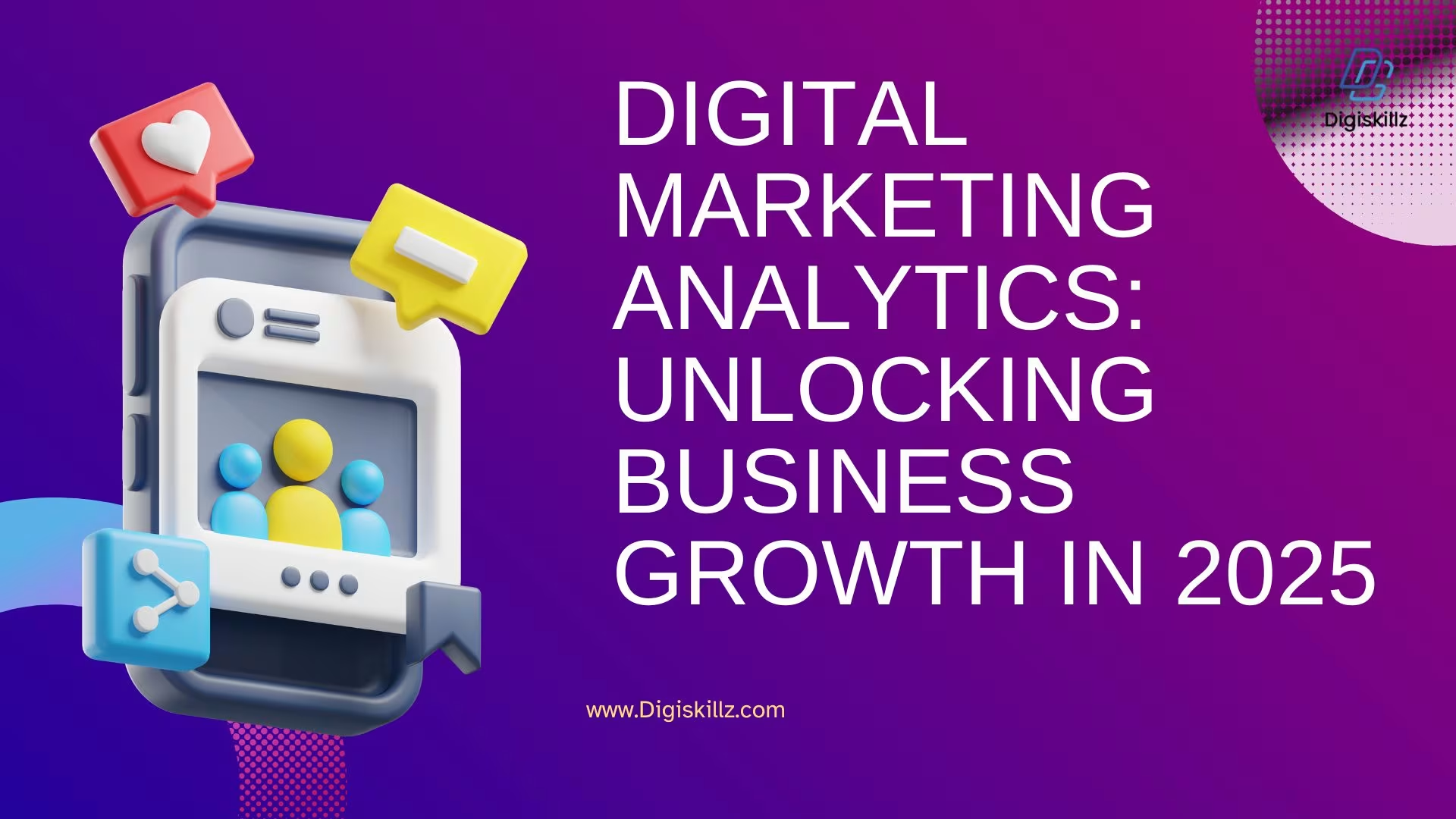
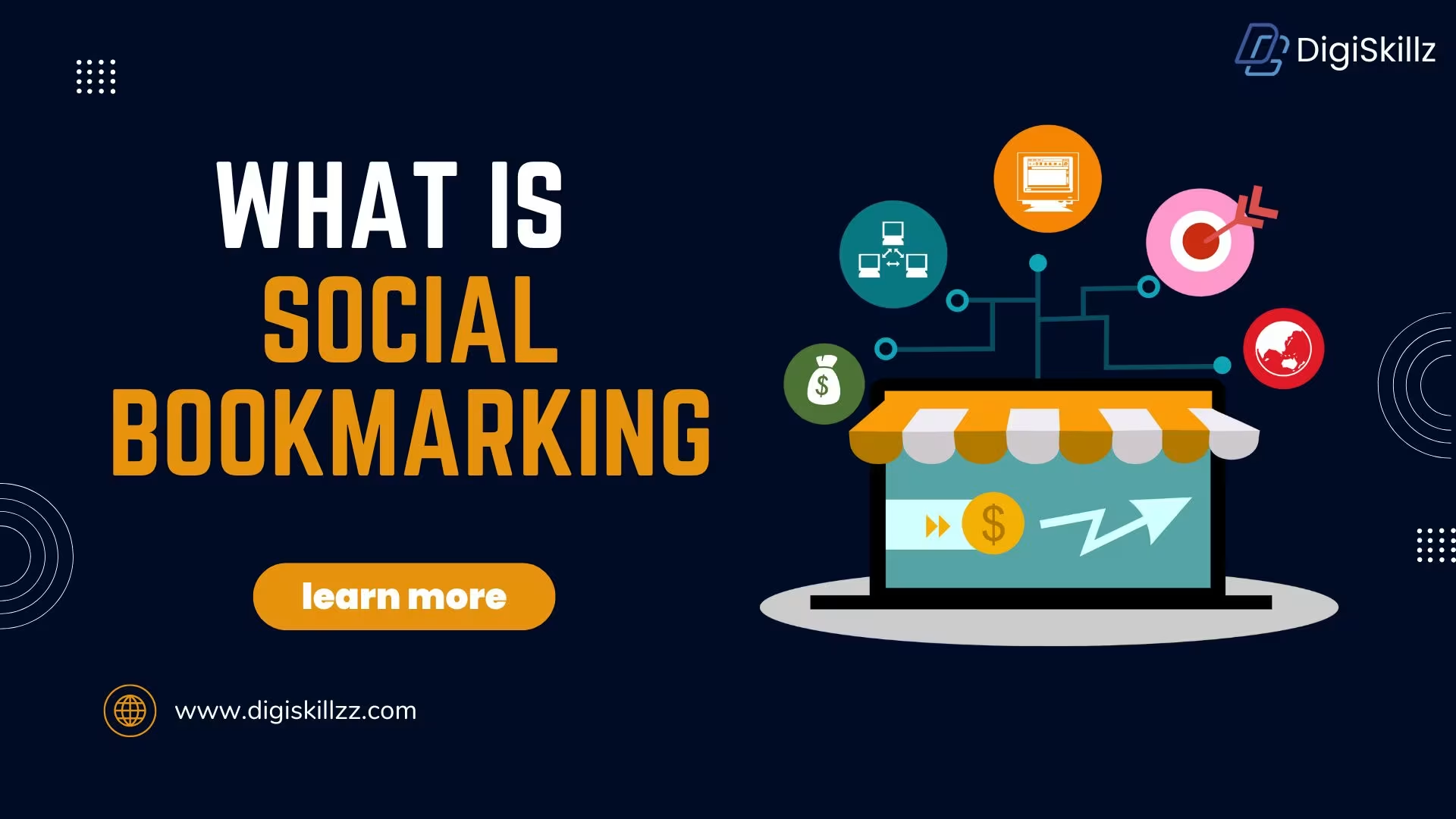

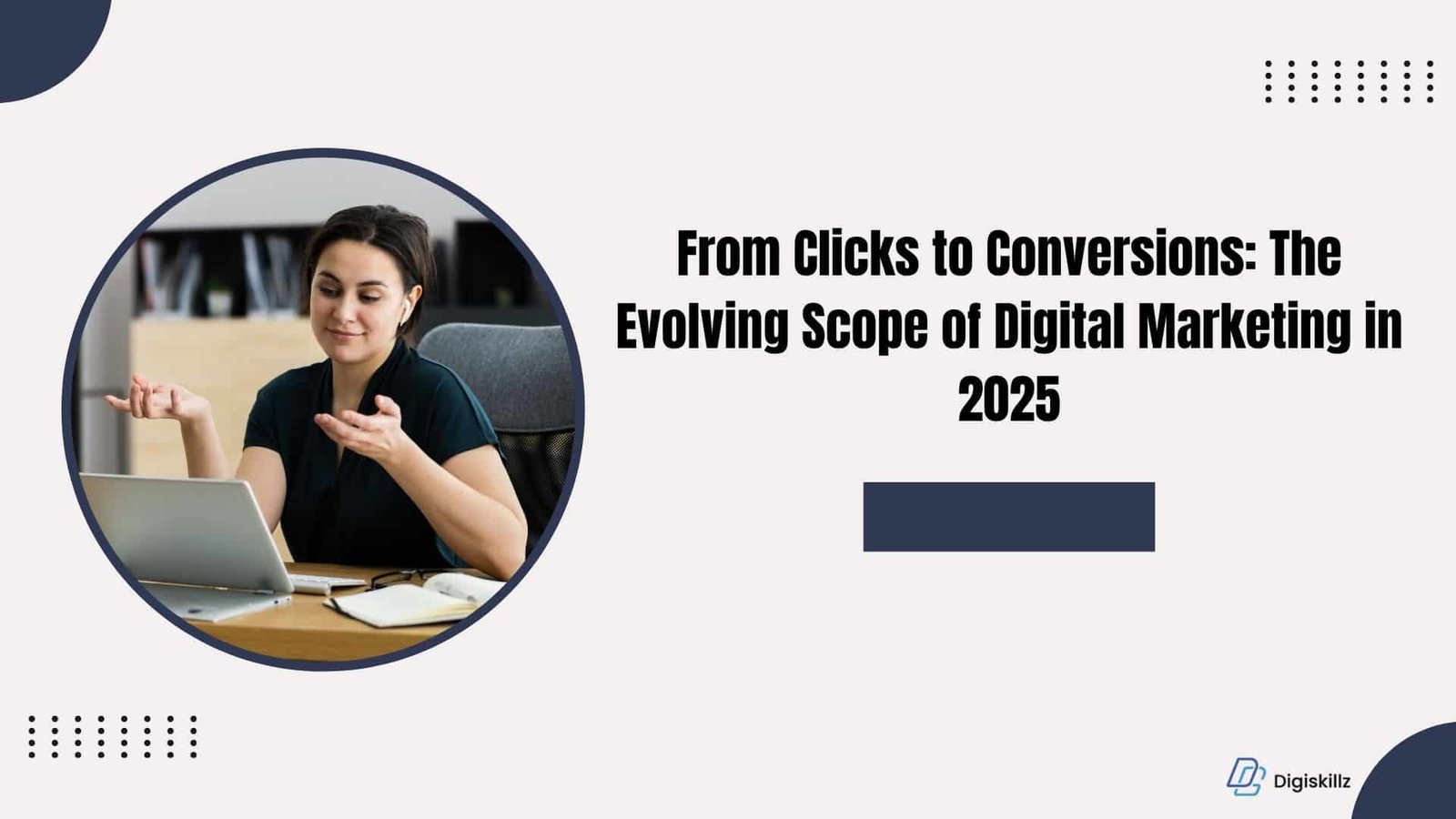

Leave A Comment